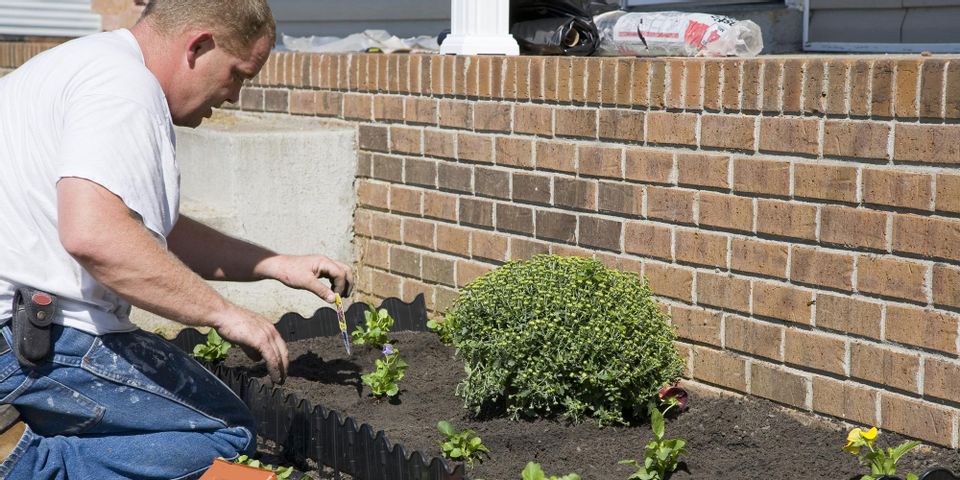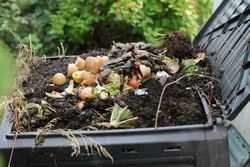
Gardens and flowerbeds need nutrients to thrive, so many homeowners opt to add compost or topsoil. While both materials provide ample nutrients, they have a few key differences that dictate when they should be used. Here’s a brief guide to help you determine which product the yard needs.
Compost
Compost contains a mixture of natural materials that will break down over time. There’s a wide range of gardening mixes available, and many include animal waste, dried leaves, or food scraps in the soil. These additives release their nutrients when heat and insects break them down.
 Pre-made mixtures have already decomposed into small nutrient-rich particles known as humus. Compost acts as a natural fertilizer, providing essential nutrients to help plants thrive. It improves the soil’s structure, water retention, and drainage, and it can even act as a mulch alternative.
Pre-made mixtures have already decomposed into small nutrient-rich particles known as humus. Compost acts as a natural fertilizer, providing essential nutrients to help plants thrive. It improves the soil’s structure, water retention, and drainage, and it can even act as a mulch alternative.
Topsoil
Topsoil is the upper level of the earth. This layer is rich in nutrients, and it typically contains a mixture of sand and clay, as well as additional organic matter. While the organic matter will deteriorate over time, the clay and sand particles will remain and serve as a firm foundation for future planting.
This coarse material can fill gaps or uneven spaces in the soil to create a level surface—this is often done when forming a new garden. For the best results, use high-grade topsoil that’s free of weed seeds and other contaminants.
If you want to use compost or topsoil in the backyard, turn to the team at Sanford’s Service Center in Pahoa, HI. These professionals have provided Big Island homeowners with high-quality materials since 1977. They’ll help you choose from their wide selection and even deliver the compost or topsoil to you. To get more information about their products and services, visit them online or call (808) 965-8144.
About the Business
Have a question? Ask the experts!
Send your question

